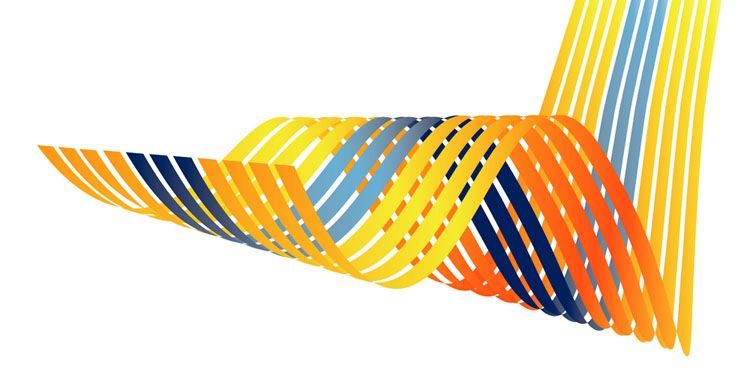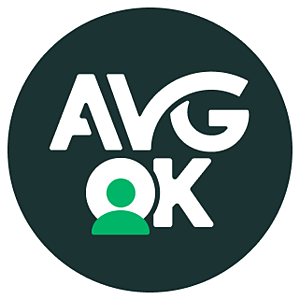Click on the FLAG for your LANGUAGE >>>

Kaakphysio
Jaw Physiotherapy...what is it?
(Face Gold FT)
If you suffer from:
- sounds in the jaw joint during chewing or moving the lower jaw, popping
- headache, neck pain, sometimes shoulder pain, pain in the neck – tired, “stiff/tense” chewing muscles – dizziness – pain in/in front of the ear – painful,
- feeling tired or cramp in the chewing muscles
- limited or asymmetrical mouth opening –
- worsening by eating, talking, yawning etc. then…. you probably have ''CMD''.
What is CMD??
These are symptoms caused by abnormalities and/or dysfunction of the masticatory system.
These are (pain) complaints originating from the jaw joint and/or the chewing muscles. This syndrome is also called CranioMandibular Dysfunction (CMD) or Temporo Mandibular Dysfunction (TMD). A mouth full… The disruption of the normal function of the masticatory system can lead to problems with, for example, chewing, yawning, biting off food, talking, opening the mouth, singing, playing musical instruments, etc.
How does CMD develop?
Many theories have been developed about the origin of complaints in the masticatory system. However, no one specific cause can be identified. Sometimes complaints arise from incorrect loading, incorrect use [night grinding or clenching] or from overload (chewing gum). Deviations in the position of the lower and upper jaw, teeth and molars can also lead to CMD. In addition to the above examples, one can also think of stress, incorrect tongue swallowing behavior and an incorrect posture/position of the neck, but it can also be based on having incorrect habits such as grinding teeth, clenching, biting nails.
In particular, an incorrect mouth opening and closing pattern is an important cause and if many molars are missing, this can also lead to overloading of the jaw joint. With an incorrect opening pattern, when the jaw slides forward too early and does not rotate first, the jaw head takes the disc that lies in the joint forward too quickly, for example, which causes secondary pain in, among other things, the back part of the jaw joint capsule, resulting in radiating pain, trigger points, blocking and snapping jaw joints, etc.
Furthermore, diseases such as rheumatoid arthritis or psychological stress can cause complaints. [see also MyoFeedback].
Nowadays it is assumed that there is a complex of factors that causes CMD complaints.
Diagnosis and treatment
The diagnosis of CMD is usually made by your GP or dentist. If it is decided in consultation with you that treatment or further examination is necessary, you will be referred to a physiotherapist who specialises in jaw function disorders. Sometimes, however, you will end up with ear complaints at the ENT specialist, or with headache complaints at the neurologist. These specialists will, if necessary, refer you to a physiotherapist who treats specific jaw problems.
The jaw physiotherapist
The jaw physiotherapist will first examine the possible cause of the complaints. The treatment can then consist of exercises and explanations with the aim of reducing the pain and ensuring that the jaw can function normally again. Unlearning bad oral habits and movement patterns is an important part of the treatment. Massage and relaxation exercises are used to reduce the pain. MyoFeedback can play an important role in this.
CranioMandibular Dysfunction Working Group In some cases, the examination by the physiotherapist shows that multiple disciplines need to be involved. You may then be referred to the CMD Working Group. The CMD Working Group consists of an Oral Surgeon, a Dentist/Gnathologist (a dentist specialized in chewing function disorders), a Physiotherapist (Orofacial therapy) and a Speech Therapist.
In addition to these disciplines, sometimes an Orthodontist or Psychologist must be called in. A treatment recommendation is given here. This recommendation is communicated to you and to the person who referred you to the Working Group. Just as the examination takes place in a multidisciplinary context, the therapy will often consist of a combination of different treatments. Examples of this are bite plate therapy by the Gnathologist, unlearning incorrect swallowing, tongue and speech habits by the Speech Therapist and restoring or optimising the function of the masticatory system (joint and muscles) by the Physiotherapist. This can be done, among other things, by Myo-Feedback.
Working together! To achieve a good treatment result, your cooperation and commitment are really of great importance; for example, when unlearning certain habits, by wearing the bite plate or doing exercises!!! Only if you commit yourself to this, the treatment has a chance of success... Usually only 2 to 4 treatments are needed this way...!!! So do it!
ADDRESS
PhysioQuesada
Station Ave. 35
03176 - The Crispin [Algorfa]
(Free parking)
T 0034 - will follow asap
M 0031 - 653669587
fysioquesada@outlook.com
OPENING HOURS
- Monday
- -
- Tuesday
- Appointment only
- Wednesday
- Appointment only
- Thursday
- -
- Friday
- Appointment only
- Saturday
- Closed
- Sunday
- Closed
All rights reserved | Disclaimer | Privacy | Website by Internetbureau Doetinchem FrankBrinks.nl




